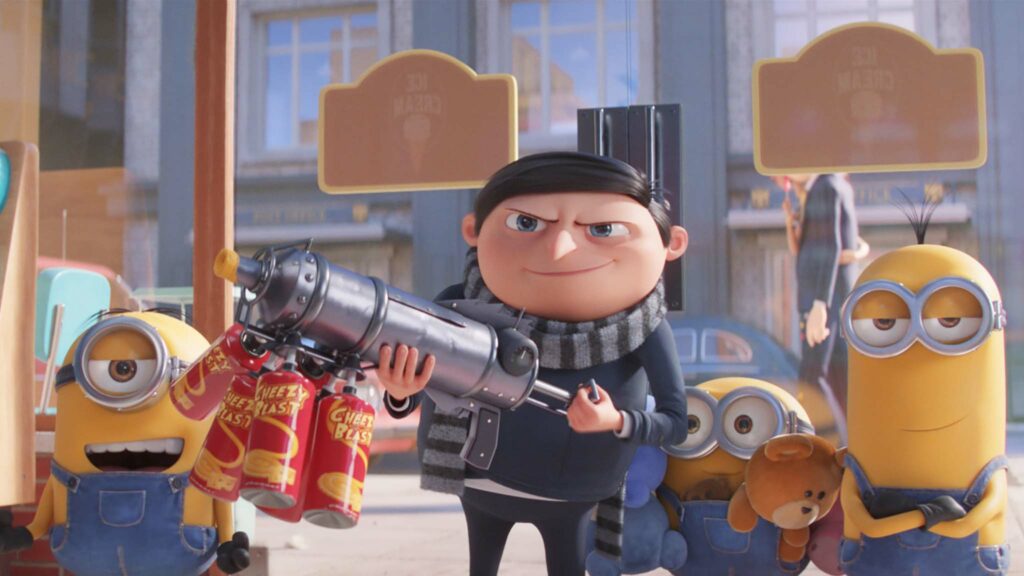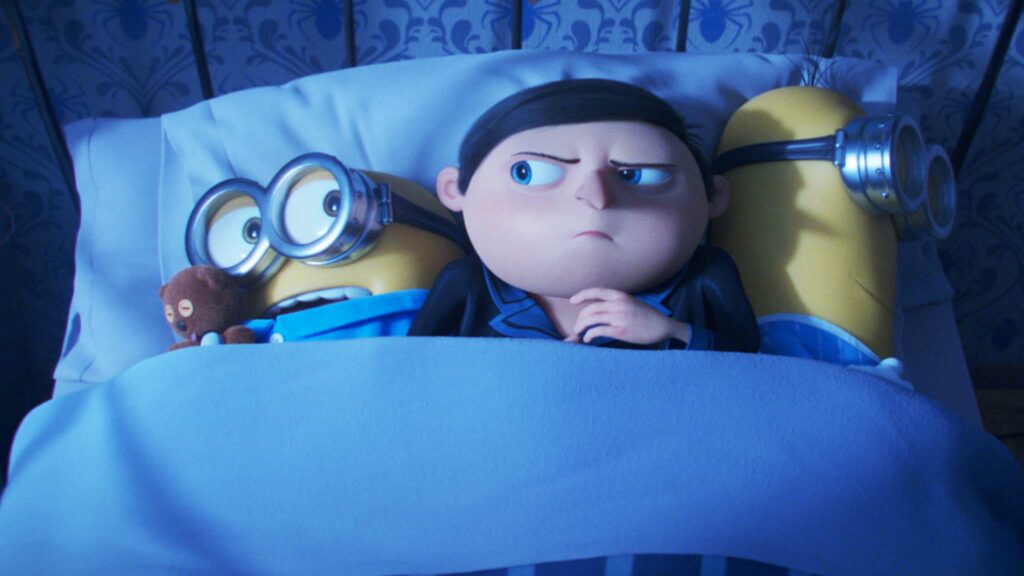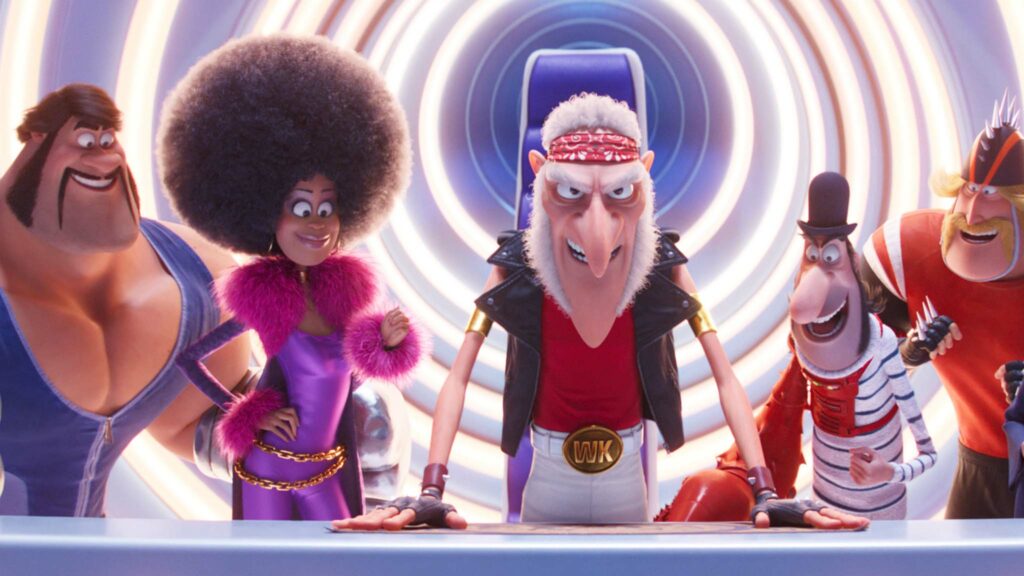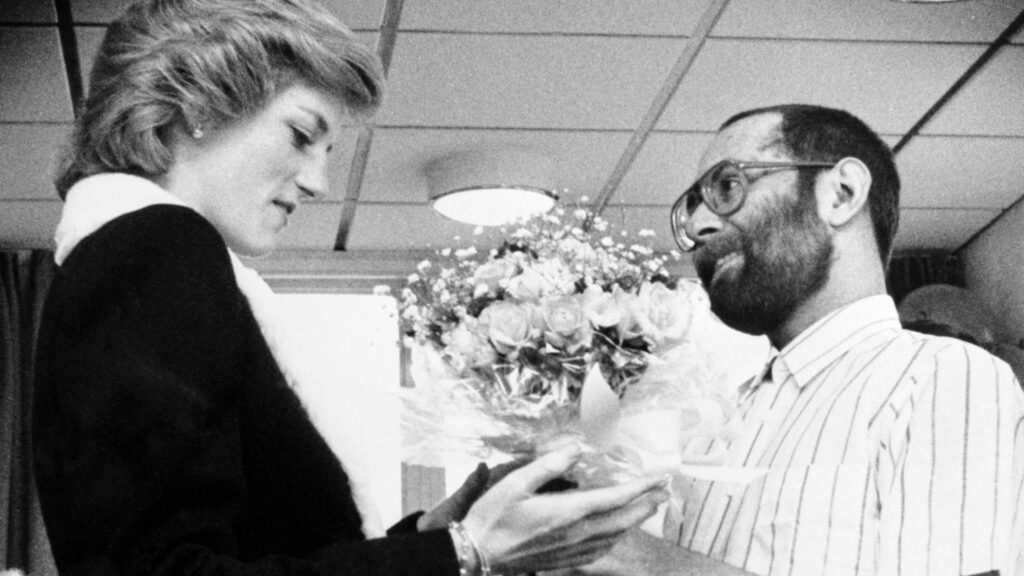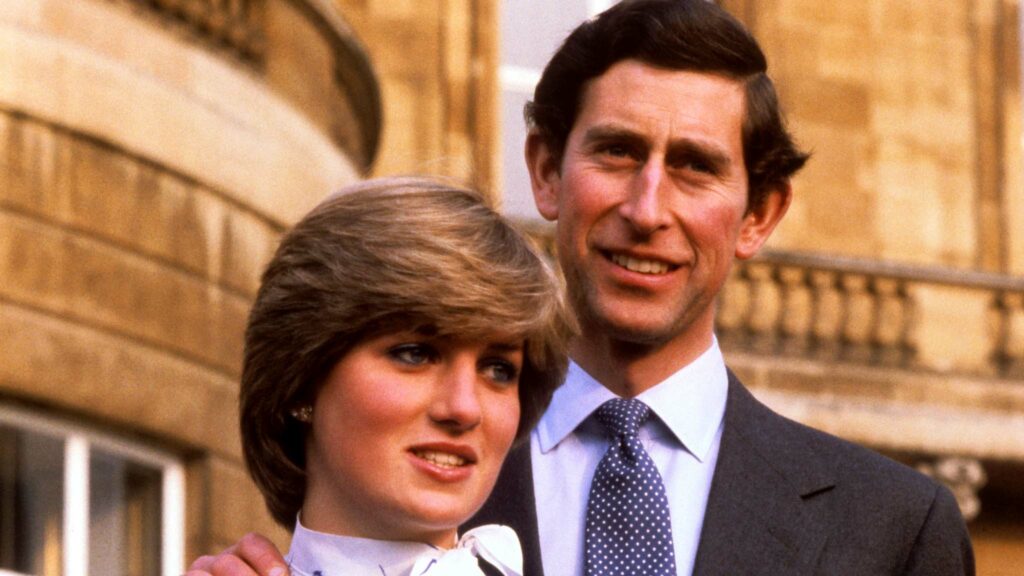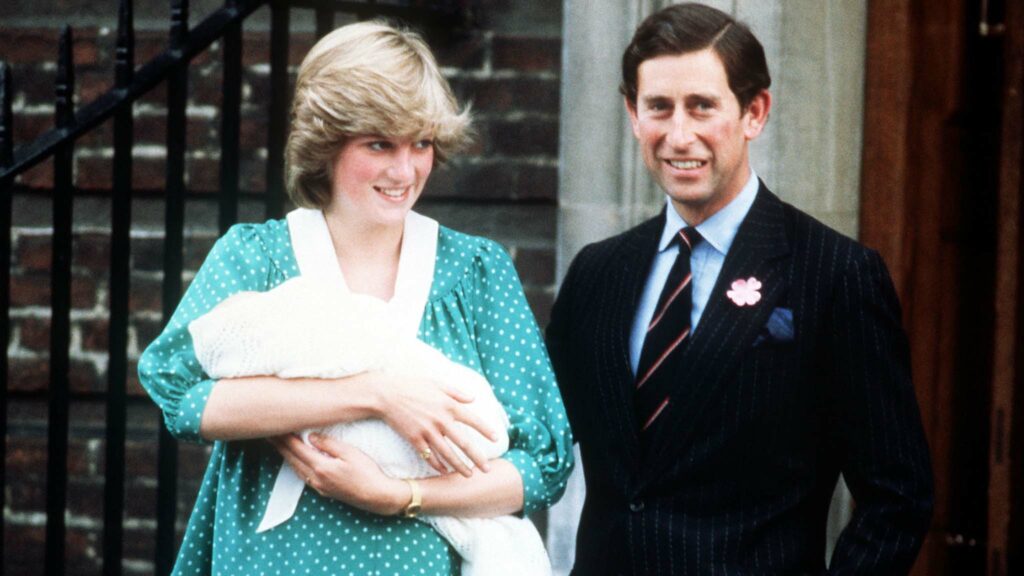Animations
Minions: The Rise Of Gru (U)
Review: About 30 minutes into Kyle Balda’s outlandish computer-animated caper co-directed by Brad Ableson and Jonathan del Val, I experienced an unsettling head rush of déjà vu, convinced I had already seen these madcap misadventures of adolescent supervillain Gru (voiced by Steve Carell) and his goggle-eyed yellow hench-creatures. A nagging sense of familiarity pervades every brightly coloured frame of Minions: The Rise Of Gru, the fifth instalment of the Despicable Me saga, which currently wears the crown of the highest-grossing animated franchise of all time.
Trading heavily on the pratfalls and naïve tomfoolery of the titular sidekicks, Balda’s picture will add handsomely to the coffers but lacks dramatic necessity. Scriptwriters Brian Lynch and Matthew Fogel hastily sketch an origin story for gadget guru Dr Nefario (Russell Brand) around a bruising battle between Gru and larcenous rivals, who opine that “evil is for adults, not for tubby little punks who should be at school”.
Broad physical humour, including one minion’s close encounter with the power flush of an airplane toilet, elicits gurgles of glee from younger audience members. Seventies pop culture references are aimed at parents, who might otherwise sneak micro naps between overblown action sequences, building to a final showdown that reduces several blocks of San Francisco to smouldering digital rubble.
The year is 1976 and Gru has reached the criminally prodigious age of 11 and three quarters. While the minions continue haphazard construction of an underground lair, Gru laments the death of his idol, Wild Knuckles (Alan Arkin), leader of a diabolical dream team christened the Vicious 6. Surviving members Belle Bottom (Taraji P Henson), Jean Clawed (Jean-Claude Van Damme), Nun-chuck (Lucy Lawless), Svengeance (Dolph Lundgren) and Stronghold (Danny Trejo) interview for a replacement but cruelly dismiss Gru.
In retaliation for the ageist snub, the resourceful tyke steals an ancient amulet from the Vicious 6 that can harness the power of the 12 creatures of the Chinese zodiac. Belle Bottom and her enraged compatriots give chase and minions Bob, Kevin and Stuart take a hasty lesson in self-defence from a retired kung-fu master turned acupuncturist (Michelle Yeoh).
Minions: The Rise Of Gru delivers the breathless entertainment and escapism we have come to expect with casual ease. Visuals are slick and efficient, which is an apt summation of everything Balda and his team confidently marshal on screen. Carell’s subdued vocal performance is disappointing, while a flimsy plot springs a leak well before rapscallion Gru detonates a stink bomb in a packed cinema screening of Jaws. Spielberg’s great white shark lost its bite after four films. The Despicable Me saga has gone one better but should heed the blood in the water.
Find Minions: The Rise Of Gru in the cinemas
Documentary
The Princess (12A)
Review: Twenty-five years after the death of Diana, Princess of Wales, director Ed Perkins reflects on the life of the “people’s princess” in a feature-length documentary, which spans the period between her 1981 engagement to Charles, Prince of Wales and her televised funeral. A mosaic of archive footage, interviews and home videos relives the tumultuous 16 years in chronological order. The Princess opens with footage from outside The Ritz in Paris, where paparazzi have gathered to compete for valuable images of Diana and Dodi Fayed together.
Blurred images of impending tragedy cut to a fresh-faced Diana emerging from her flat in South Kensington to polite yet persistent questions from female reporters about when an engagement to Prince Charles might be announced. She meets these intrusions with nervous smiles, a far cry from polished performances in front of cameras in later years, including excerpts from a controversial 1995 BBC Panorama interview with Martin Bashir in which she famously remarks: “There were three of us in this marriage, so it was a bit crowded.”
Before the acrimony is splashed across the front pages of the tabloids, Perkins juxtaposes scenes of social unrest with the jubilation of the 1981 royal wedding, accompanied by words from the sermon of Robert Runcie, Archbishop of Canterbury, who describes the union as “the stuff of which fairy tales are made”. His hopeful prediction, that Charles and Diana will live “happily ever after”, elicits a very different emotional response with the benefit of hindsight.
Composer Martin Phipps noticeably introduces discordant notes to accompany a first glimpse of Camilla Parker Bowles at a polo match to identify her as the villain in this modern-day fairy tale. Pointedly, footage of Charles and Camilla riding together during hunting season culminates in deeply distressing footage of a hare being mauled by the hounds. The visual metaphor is clear.
The media frenzy that surrounded Diana is a recurring theme and the young princes are shown running a gauntlet of prying lenses during one holiday. This fractious relationship between Diana and the press is illustrated with tense exchanges on ski slopes and candid audio from one photographer complaining that the princess courts publicity one day and shuns it the next.
The Princess is a fascinating time capsule that reminds us of the enduring fascination of the royal family and our own culpability in the voracious media circus that swallowed them whole during the 1980s and 1990s. It is impeccably edited but ultimately traipses over the same ground as countless other films about one of the most famous women on the planet, viewed adoringly from a distance rather than behind closed doors.
Find The Princess in the cinemas


